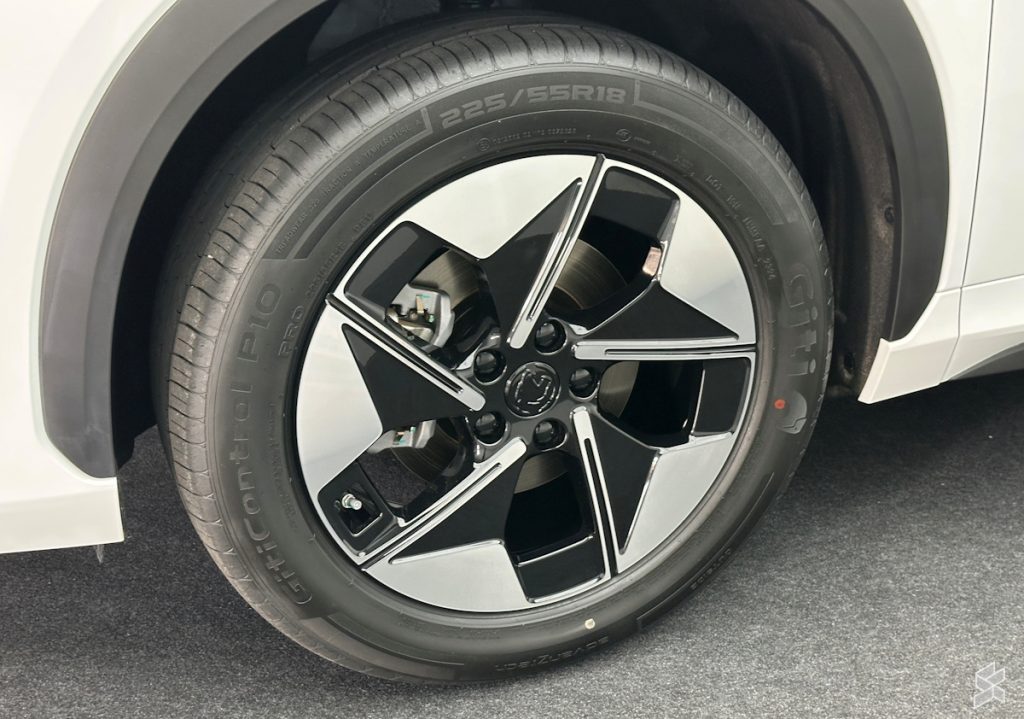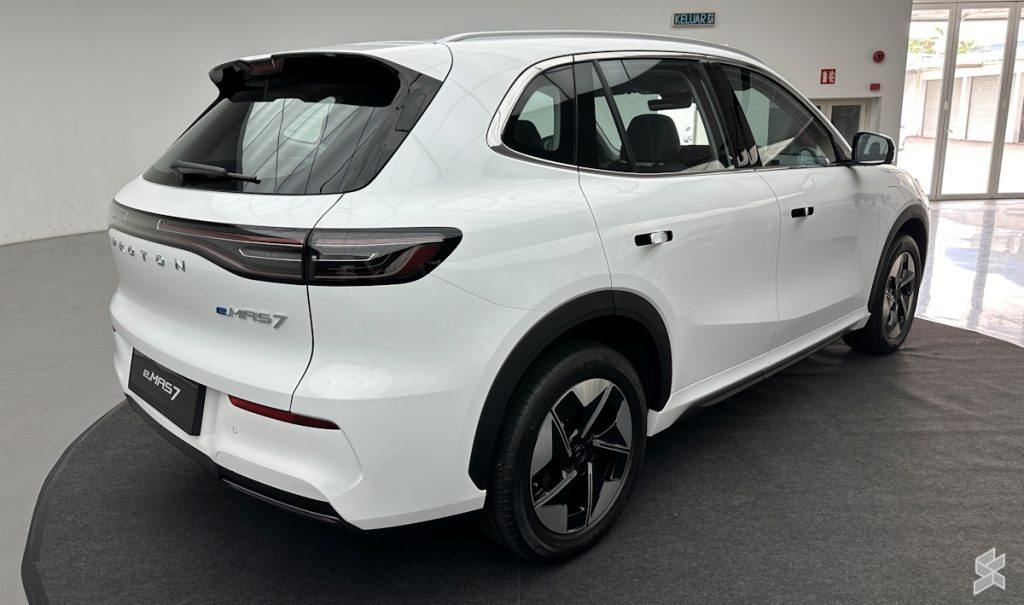The digital landscape has evolved rapidly over the past decade. Website design and search engine optimisation (SEO), once viewed as disparate practices, are now fundamentally intertwined. Achieving success in today’s online sphere requires recognising the symbiotic relationship between aesthetics and functionality.
This guide will explore the pillars of effective web design, core SEO strategies, how the two interact, and best practices for leveraging their synergy.
The Pillars of Effective Web Design
Exceptional web design satisfies both user experience and search engine bots. Striking this delicate balance involves prioritising key elements:
User Experience (UX)
UX encompasses all aspects of a user’s interaction with a website. From intuitive navigation menus to crisp page layouts, UX-centric design facilitates seamless browsing. Research shows clearly that sites with frustrating UX designs suffer from high bounce rates and low conversions. Creating logical information hierarchies, easy-to-find menus, and minimal steps to key pages are proven UX best practices.
Mobile Optimisation
With Google’s mobile-first indexing now in effect, mobile responsiveness is mandatory. Layouts must flexibly adapt for smaller screens, text must be readable without pinching or scrolling, and pages must load rapidly even on 3G connections. Mobile optimisation is challenging, but essential given that over 60% of searches now originate on smartphones.
Visual Appeal
While UX and mobile readiness provide website foundations, visual presentation cements first impressions. Balancing aesthetics and functionality is key. Successful sites use minimalist designs and judicious color schemes to create clean, uncluttered layouts. Meanwhile, thoughtful imagery adds visual impact without sacrificing site speed.
Site Speed
With shorter attention spans and unlimited site options, slow load times are a death knell. Research shows that nearly half of visitors abandon sites take over three seconds to load. Optimising images, minimising HTTP requests, compressing files, and using caching technology help maximise speed. Design choices directly impact site performance, underscoring the importance of technical diligence.
SEO Essentials in the Digital Age
SEO is now less about tactics and more about overall site quality. While foundational keyword principles remain relevant, search engines increasingly factor site UX, mobile readiness, security, and speed into rankings. Core considerations include:
- Keyword Integration: Naturally incorporating relevant keywords into page content, URLs, alt text and other elements signals relevance to search engines. But keyword stuffing hurts rankings. Moderation is key. Organic insertion aligned with providing value for users wins over forced over-optimisation.
- Content Quality: Informative, well-researched, and engaging content built for humans (not algorithms) is SEO gold. Thought leadership content that educates attracts links and social shares, both rankings boosters. Writing original content also protects against duplicate content penalties.
- Backlinks: Link building remains vital in SEO. But quality trumps quantity. A few links from relevant sites with genuine audiences have more impact than hundreds of links from low-value sites. Securing backlinks should occur organically by producing share-worthy content.
- Technical SEO: Behind-the-scenes technical elements like page speed, structured data markup, crawling accessibility and effective meta tags lay SEO foundations. Optimising these site-wide technical elements magnifies the impact of content and linking efforts.
Now that we’ve covered core design and SEO principles, let’s explore their symbiotic relationship.
How Web Design Influences SEO
Design choices significantly sway search engine perceptions. Optimised web design lends legitimacy while poor UX triggers red flags. Specifically:
Mobile Responsiveness
Google actively prioritises mobile-friendly pages in rankings. A site that fails the mobile-friendliness test risks rankings plummets. Responsive web design is mandatory for SEO success. Many businesses opt to partner with digital marketing services firms to ensure their site design and development adhere to Google’s mobile-readiness guidelines.
Site Structure and Navigation
Logical site architectures with simple navigation menus aid search bots in crawling and indexing. Intuitive AI ensures all pages are discoverable. Clear page hierarchies also assist internal link building.
Optimised Images
High-resolution images boost engagement but hurt page speed. Finding the right balance between visual appeal and fast load times is key to satisfying both users and bots. Proper image optimisation, sizing, and compression speed up sites.
Readability
Readable text improves time on site and reduces bounce rates, both SEO positives. Typographic choices like font styles, sizes, colors, and line lengths significantly impact readability. Good design promotes user engagement.
Adhering to UX and mobile-readiness best practices improves SEO rankings factors like site speed and mobile friendliness. Meanwhile, smart IA aids crawl ability, and solid content presentation boosts engagement.
SEO’s Impact on Web Design Choices
SEO research also guides many design decisions. Some examples include:
- Content Layout: Placing important keywords and phrases in headers, sub-headers and opening paragraphs boosts organic visibility. Design should facilitate skimming to identify key on-page content.
- Call-to-Actions (CTAs): CTAs should appear in natural locations aligned with customer journeys, based on analytics on site search terms and landing pages. Strategic CTA placement encourages conversions.
- Internal Linking: Linking related pages using relevant anchor text can increase page views and time on site. Thoughtful linking strategies also pass equity throughout the site.
In short, allowing SEO data to inform content presentation and site architecture choices compounds the impact of optimisation efforts.
Case Studies: Success Stories
Let’s examine case studies showcasing web design and SEO success:
- LeadFuze: This B2B lead generation company redesigned its website for better UX and higher conversions. The refreshed responsive design encouraged 75% more organic traffic in just 3 months.
- The Range: The US outdoor retailer invested in SEO and UX focused web design. Traffic from organic search grew by 262% annually, with conversion rates rising by 65%.
- Packhelp: After a website redesign and SEO strategy revamp, this custom packaging company’s organic traffic rose by 423%. Conversions increased by 98%.
These examples validate how aligned SEO and user-centric web design multiply success. Optimising speed while crafting valued content and simplifying navigation consistently generates higher organic visibility and more sales.
Best Practices for Integrating Web Design and SEO
Achieving symbiosis between design and optimisation requires collaboration and vigilance. Useful strategies include:
- Early Alignment: Involve both designers and SEO pros in initial planning to integrate principles website-wide from the outset.
- Continuous Testing: Regularly test site speed, mobile responsiveness, crawl ability, and other ranking factors, evolving based on results.
- Eye on Trends: Monitor shifts in SEO best practices and design trends to remain cutting-edge. Adapt the site accordingly.
- Tools & Technologies: Invest in website CMS technologies that enable easy implementation of technical SEO elements.
- Always Improving: Treat the website as a continually evolving asset, using analytics to identify areas for design and content improvements.
The Interconnection of Web Design and SEO
Modern web design and SEO are fundamentally interconnected. Creating positive user experiences while technically optimising for search visibility is today’s baseline standard. Companies that invest in and refine both in tandem will thrive. Those who neglect either dimension risk disappointing results. Understanding their symbiosis is the first step to leveraging the synergy between design and optimisation for online success.




